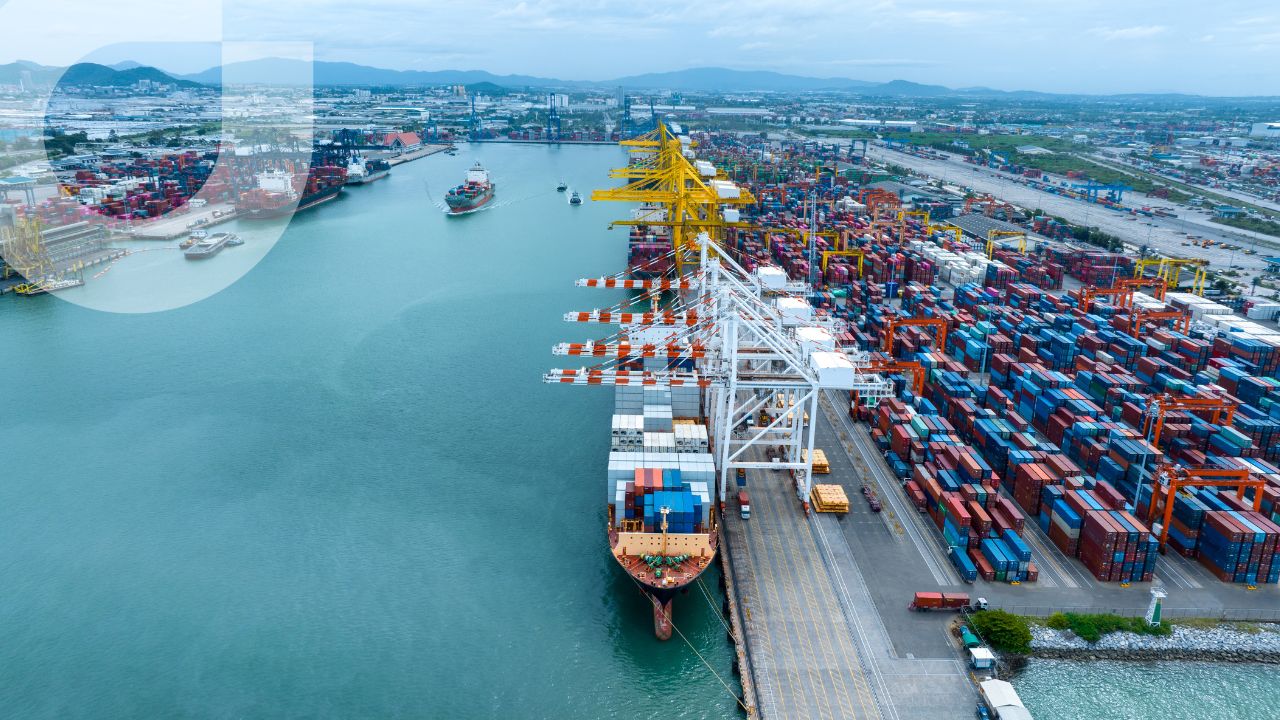The recent imposition of extensive tariffs by the United States has sparked widespread debate concerning their economic and geopolitical ramifications. However, a critical yet somehow underexplored dimension is the potential unintended consequences these trade policies may have on global water resources and their management. As the CEO of a global water solutions company, it is critical to elucidate the intricate nexus between international trade, water scarcity, and the emerging tariff landscape.
Beneath the surface of tariff policies lies a critical, often overlooked driver: the strategic pursuit of resource independence. In a world increasingly defined by volatility and scarcity, particularly in developed nations facing acute water stress, this pursuit is already reshaping investment patterns. The seemingly paradoxical agricultural initiatives in economies such as the UAE or Saudi Arabia—marked by hydroponic cultivation in controlled environments under plastic—may defy conventional logic, yet they are emblematic of a deeper ambition to reduce reliance on external resources. While these efforts spur innovation, they may also exacerbate the underlying imbalance of already fragile water systems.
The Interconnection Between Trade and Water Resources
International trade has long served as a mechanism for balancing water resource disparities among nations. The concept of “virtual water” (the hidden flow of water when food or other commodities are traded) underscores this relationship. By importing water-intensive goods, water-scarce countries effectively conserve their domestic water supplies, while water-abundant nations export such goods, utilizing their ample resources. This dynamic has been instrumental in mitigating local water shortages and promoting global water use efficiency.
Research indicates that international trade alleviates water scarcity for approximately 2.2 billion people in high and upper-middle-income countries. Conversely, this trade exacerbates water scarcity for around 1.1 billion individuals in low and lower-middle-income nations. This dichotomy highlights the fragile equilibrium that trade maintains in global water distribution.
Potential Disruptions from Recent U.S. Tariffs
The U.S. administration’s recent tariff measures, including a universal 10% tariff on imports and higher reciprocal tariffs on specific countries, may disrupt established trade patterns, according to analysts.
These tariffs could lead to several collateral consequences for global water resources:
- Shift in Agricultural Production Centers: Tariffs may render imports from certain countries economically unviable, prompting importing nations to seek alternative suppliers or boost domestic production. This shift could result in increased agricultural activities in regions ill-equipped with sufficient water resources, thereby intensifying local water scarcity. For example, if the U.S. reduces imports of water-intensive crops from the EU due to high tariffs, it might increase domestic production in arid regions, exacerbating water stress.
- Economic Strain on Water-Scarce Exporters: Countries heavily reliant on exporting water-intensive goods may experience economic downturns due to decreased competitiveness in tariff-imposed markets. This economic burden could hinder their ability to invest in sustainable water management practices, further aggravating water scarcity issues.
- Retaliatory Measures and Global Trade Tensions: The imposition of tariffs often leads to retaliatory actions, escalating into trade wars. Such scenarios can disrupt global supply chains, leading to inefficiencies and increased production in water-stressed regions, thereby impacting global water security.
Factual Evidence of Trade’s Impact on Water Scarcity
A study assessing the impact of international trade on water scarcity revealed that while trade alleviates water scarcity for billions, it simultaneously exacerbates the issue for over a billion people in less affluent nations, as above. This finding underscores the complexity of trade’s role in global water resource management and the potential risks of disrupting established trade flows.
The virtual water concept, introduced by Professor John Anthony Allan in the early 1990s, emphasizes the importance of considering water embedded in traded goods. Policies that overlook this aspect may inadvertently stress global water resources. For instance, encouraging domestic production of water-intensive crops in water-scarce regions, as a response to reduced imports due to tariffs, could lead to unsustainable water use.
Beyond agricultural implications, tariffs on materials such as steel and aluminum can significantly affect water infrastructure projects. Increased costs for these essential materials may lead to delays in maintenance and critical infrastructure developments, impacting the efficiency and reliability of water utilities.
Recommendations for Sustainable Trade and Water Management
To mitigate the potentially negative consequences of recent tariff implementations on global water resources, the following measures are recommended:
- Integrate Water Considerations into Trade Policies: Policymakers should assess the water footprint of goods when formulating trade policies. Understanding the virtual water content can guide decisions that promote sustainable water use globally.
- Promote International Collaboration: Engaging in dialogues that address both trade and environmental concerns can lead to agreements that balance economic objectives with sustainable resource management.
- Invest in Water-Efficient Technologies: Encouraging the adoption of water-saving technologies in agriculture and industry can reduce the water footprint of domestically produced goods, alleviating pressure on local water resources.
- Support Diversification of Import Sources: Diversifying import sources for water-intensive goods can prevent over-reliance on specific regions, distributing the water demand more evenly and reducing the risk of exacerbating water scarcity in any single area.
Conclusion
The recent tariff measures introduced by the U.S. administration have far-reaching implications beyond immediate economic and geopolitical spheres. They possess the potential to disrupt the delicate balance maintained by international trade in managing global water resources. As stakeholders in global water solutions, it is incumbent upon us to advocate for policies that recognize and incorporate the intricate linkages between trade and water resource management. Only through such integrated approaches can we ensure the sustainable and equitable utilization of water resources in the face of evolving global trade dynamics.







